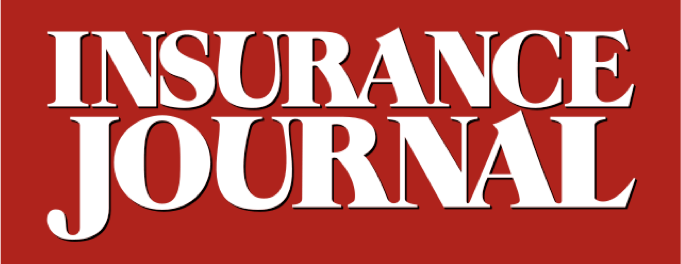South Bow Corp.’s Keystone oil pipeline has been shut after a spill in southeast North Dakota, curtailing a conduit that carries as much as 15% of Canada’s crude exports to the US.
The pipeline was shut within two minutes after a pump station worker heard a loud noise at 7:44 a.m. Central time Tuesday, Bill Suess of the North Dakota Department of Environmental Quality said by phone. A yet-unknown volume of oil was discovered in a field near the pump station, he said.
There is no timeline for restarting the line, Suess said. Workers will need to excavate to find the source of the leak and repair it, he said. Keystone, a 30-inch (76-centimeter) diameter conduit, carried more than 620,000 barrels a day of crude oil from Alberta into the US in December, according to the Canada Energy Regulator.
South Bow started the shutdown after a pressure drop was detected, a company spokesperson said by email. “The affected segment has been isolated and operations and containment resources have been mobilized,” the company said.
Federal investigators from the US Pipeline and Hazardous Materials Safety Administration have been dispatched to the scene, the agency said in a statement.
US crude futures’ prompt spread surged to session highs after the news on expectations the shutdown may tighten supplies at the vital storage hub of Cushing, Oklahoma. The company’s shares turned negative, sliding as much as 6.2% in Toronto.
The discount for Western Canadian Select heavy crude to West Texas Intermediate, the US benchmark, grew as wide as $11.25 a barrel after the spill from just over $9 a barrel on Monday, according to a person familiar with the matter and General Index prices compiled by Bloomberg.
The spill is one of several accidents on Keystone since the pipeline was built more than a decade ago, including the biggest: a 13,000 barrel release on farmland in Kansas in 2022 that entered a waterway.
That spill, the of a weld that had been under stress because the soil under the line wasn’t adequately compacted, came after the pipeline agency had notified then-operator TC Energy Corp. at least five times that elements of Keystone’s building and operating practices posed safety risks, according to a Bloomberg investigation. The agency recently lifted pressure restrictions on the segment of the like affected by the 2022 spill, the company said in an earnings call last month.
“The pipeline’s physical integrity is one of the biggest risks to the stock’s investment thesis, and given the size of the company and the concentration of its financial performance on a single asset (i.e., Keystone Pipeline), a ‘sell first, ask questions later’ approach is likely be taken by the market as an initial response to this news,” RBC Capital Markets said in a report.
Photo: Pipes for the Keystone XL pipeline stacked in a yard near Oyen, Alberta, Canada. Photographer: Jason Franson/Bloomberg
Was this article valuable?
Here are more articles you may enjoy.



 Florida Bill Advances, Would End Board of Engineers, Other Professional Agencies
Florida Bill Advances, Would End Board of Engineers, Other Professional Agencies  Markel Å˽ðÁ«´«Ã½Ó³» Restructures Markel Specialty, Appoints Leaders
Markel Å˽ðÁ«´«Ã½Ó³» Restructures Markel Specialty, Appoints Leaders  NJ Wildfire Update: 50% Contained; High Spread Risk Today; Suspect in Custody
NJ Wildfire Update: 50% Contained; High Spread Risk Today; Suspect in Custody  State Farm Wins Dismissal of Class Action Over Xactimate Software
State Farm Wins Dismissal of Class Action Over Xactimate Software 

